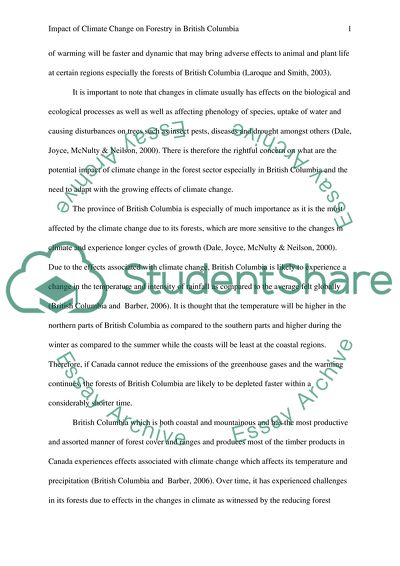Cite this document
(“Impact of Climate Change on Forestry in British Columbia Term Paper”, n.d.)
Retrieved de https://studentshare.org/environmental-studies/1637131-examine-the-potential-impact-of-climate-change-on-forestry-in-british-columbia
Retrieved de https://studentshare.org/environmental-studies/1637131-examine-the-potential-impact-of-climate-change-on-forestry-in-british-columbia
(Impact of Climate Change on Forestry in British Columbia Term Paper)
https://studentshare.org/environmental-studies/1637131-examine-the-potential-impact-of-climate-change-on-forestry-in-british-columbia.
https://studentshare.org/environmental-studies/1637131-examine-the-potential-impact-of-climate-change-on-forestry-in-british-columbia.
“Impact of Climate Change on Forestry in British Columbia Term Paper”, n.d. https://studentshare.org/environmental-studies/1637131-examine-the-potential-impact-of-climate-change-on-forestry-in-british-columbia.


